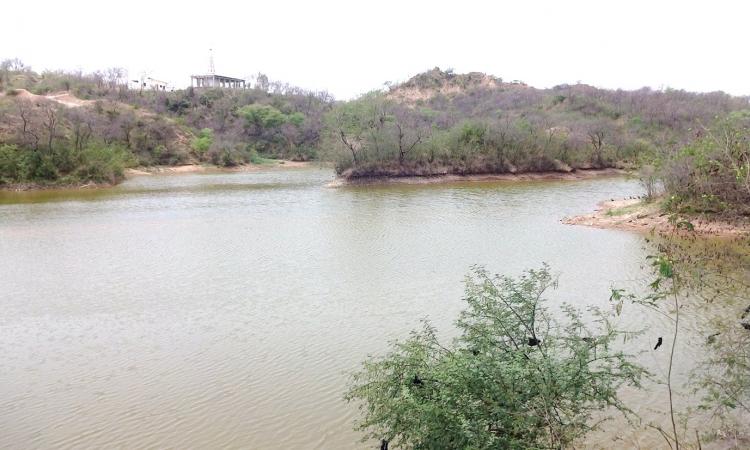
The main irrigation tank at Sukhomajri
Sukhomajri village has long been a reminder of people's participation in ecological preservation and in turn, greater economic good. The small village in Panchkula district of Haryana changed its fortunes when it entered into joint forest management with the help of the Chandigarh-based Central Soil and Water Conservation Research and Training Institute in the late 1970s. The then head of the institute, P. R. Mishra motivated farmers to shift from extensive grazing in forests and rainfed farming to protection of trees and rainwater harvesting for irrigation.
The village shot to fame in the 1980s as a model for watershed management, which had hitherto been implemented by government departments without involving the people. The rise in revenue through better crop yields, sale of forest produce, introduction of green fodder and expansion of dairy pulled the village out of poverty and also preserved the denuded Shivalik hills from soil erosion. Today, watershed management being taken up all over the country follows the Sukhomajri model of inclusive development.
However, the village itself has now discovered a new meaning to development. As new industrial centres came up nearby, the farm land of the area has been acquired for the construction of a road. Villagers have now started buying land at other places and are not that concerned about rainwater harvesting. As the connection between man and nature breaks down at Sukhomajri, it remains to be seen how long the other aspects of this model, like forests and earthen dams, will continue.
This video traces the past and present of Sukhomajri. Today things have fallen apart which is why it's necessary that the story of its glory is told and retold so that the future can learn from the past.
Regions